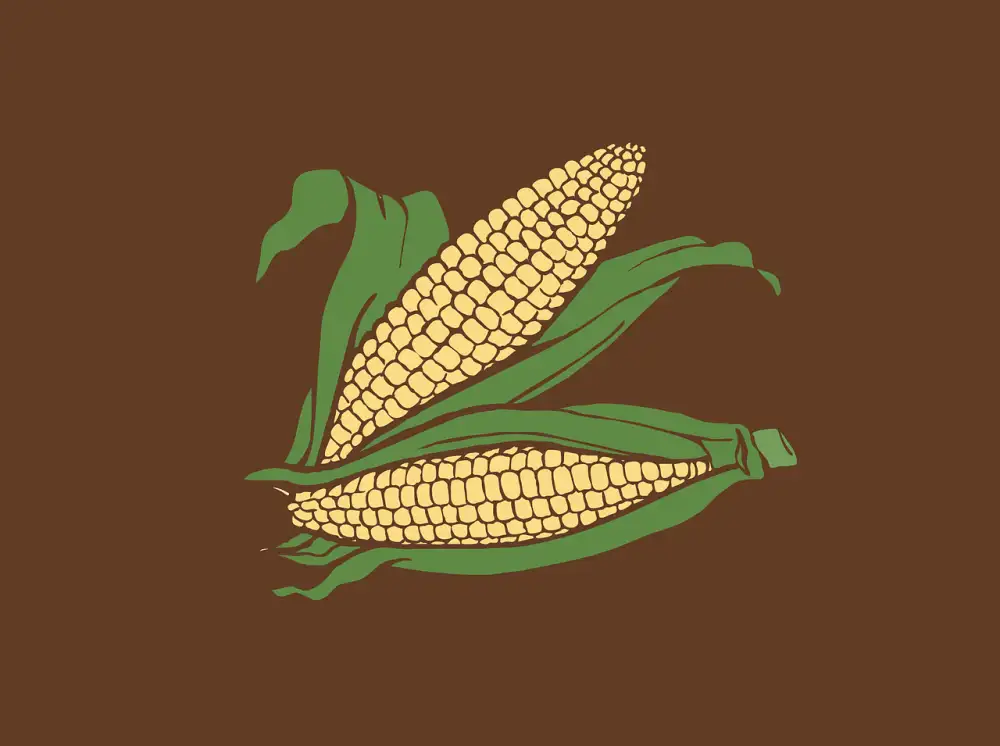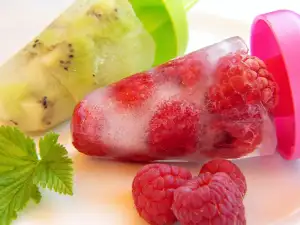Unlock the Health Benefits of Eating Corn Starch: A Closer Look at Pica and Its Effects

Corn starch, a common ingredient found in many food products, has gained attention for its connection to pica. Pica is a disorder characterized by the persistent craving and consumption of non-nutritive substances, such as corn starch. While it may seem unusual to eat corn starch, it is important to understand the reasons behind this behavior and its potential impact on health. In this article, we will delve deeper into pica and explore the effects of consuming corn starch.
Understanding pica: definition and causes
Pica is a disorder characterized by the persistent craving and consumption of non-food substances, such as corn starch. It is important to understand that pica is not a deliberate choice, but rather a compulsive behavior driven by various factors. The exact cause of pica is still unknown, but it has been associated with nutritional deficiencies, such as iron or zinc deficiency. Additionally, psychological factors like stress, anxiety, or developmental disorders can also contribute to the development of pica. Understanding these underlying causes is crucial in addressing this disorder effectively.
The potential health risks of consuming corn starch
Consuming corn starch in excessive amounts can pose potential health risks. One of the main concerns is the impact on blood sugar levels. Corn starch is a high glycemic index food, meaning it can cause a rapid increase in blood sugar levels. This can be particularly problematic for individuals with diabetes or those trying to manage their weight.
Another health risk associated with consuming large quantities of corn starch is nutrient deficiencies. Corn starch lacks essential vitamins, minerals, and fiber that are crucial for maintaining overall health. Relying heavily on corn starch as a source of calories can lead to imbalances in nutrient intake and potentially result in deficiencies over time.
Furthermore, excessive consumption of corn starch may contribute to weight gain and obesity. It is a highly processed carbohydrate that provides empty calories without offering much nutritional value. This can lead to an imbalance in energy intake and expenditure, ultimately leading to weight gain if not managed properly.
It's important to note that occasional consumption of corn starch within a balanced diet is unlikely to cause significant harm. However, it's crucial to be mindful of portion sizes and overall dietary choices to maintain optimal health and prevent potential risks associated with excessive corn starch consumption.
Nutritional value of corn starch and its impact on the body
Corn starch, derived from the endosperm of corn kernels, is primarily composed of carbohydrates. It is a good source of energy and can provide quick fuel for the body. However, it lacks essential nutrients such as proteins, fats, vitamins, and minerals.
Consuming excessive amounts of corn starch can lead to imbalances in the body's nutrient intake. This can result in deficiencies in important nutrients like iron, calcium, and B vitamins. Over time, these deficiencies can have negative effects on overall health.
Additionally, corn starch has a high glycemic index, which means it can cause a rapid increase in blood sugar levels. This can be problematic for individuals with diabetes or those trying to manage their blood sugar levels.
It is important to note that while corn starch may not offer significant nutritional benefits on its own, it is often used as a thickening agent in various food products. In moderation and as part of a balanced diet, it can contribute to the texture and consistency of certain dishes.
To ensure a well-rounded diet, it is crucial to incorporate a variety of nutrient-dense foods such as fruits, vegetables, lean proteins, whole grains, and healthy fats. This will help provide the necessary vitamins and minerals that corn starch alone cannot offer.
In conclusion, while corn starch can provide energy and be used as a thickening agent in cooking, it should not be relied upon as a significant source of nutrition. A balanced diet that includes diverse food groups is essential for maintaining optimal health.
Tips for managing pica and reducing the consumption of corn starch
1. Identify triggers: Pay attention to what triggers your cravings for corn starch. Is it stress, boredom, or certain situations? By identifying these triggers, you can find alternative ways to cope with them.
2. Find healthier substitutes: Instead of reaching for corn starch, try incorporating more nutritious foods into your diet. Opt for whole grains, fruits, vegetables, and lean proteins to satisfy your hunger and provide essential nutrients.
3. Distract yourself: When cravings strike, distract yourself with activities that engage your mind and hands. Engage in hobbies, exercise, or spend time with friends and family to divert your attention from consuming corn starch.
4. Seek support: Talk to a trusted friend or family member about your struggles with pica. They can offer encouragement and help hold you accountable in reducing your consumption of corn starch.
5. Practice mindful eating: Slow down while eating and pay attention to the taste, texture, and aroma of your food. This can help you appreciate the flavors and reduce the urge to consume non-food substances like corn starch.
6. Keep healthy snacks on hand: Stock up on nutritious snacks such as nuts, seeds, or cut-up fruits and vegetables. Having these readily available will make it easier to resist the temptation of consuming corn starch.
7. Stay hydrated: Sometimes thirst can be mistaken for hunger or cravings. Make sure you're drinking enough water throughout the day to stay properly hydrated.
Remember that managing pica takes time and effort. Be patient with yourself as you work towards reducing your consumption of corn starch and adopting a healthier approach to eating.
Seeking professional help and treatment options for pica
Seeking professional help is crucial for individuals struggling with pica. Consulting a healthcare provider or a registered dietitian can provide valuable guidance and support. They can assess the underlying causes of pica and develop a personalized treatment plan. In some cases, therapy, such as cognitive-behavioral therapy, may be recommended to address any psychological factors contributing to the disorder. Additionally, nutritional counseling can help individuals identify healthier alternatives to corn starch and establish a balanced eating pattern. Remember, reaching out for professional assistance is an essential step towards overcoming pica and promoting overall well-being.
In conclusion, while corn starch can offer some nutritional benefits, it is important to approach its consumption in a balanced and healthy manner. Pica, the condition associated with excessive consumption of non-food substances like corn starch, poses potential health risks that should not be ignored. It is crucial to understand the causes of pica and take steps to manage it effectively. By seeking professional help and exploring treatment options, individuals can address the underlying issues contributing to pica and promote a healthier relationship with food. Remember, a well-rounded diet that includes a variety of nutrient-rich foods is key to maintaining optimal health.
Published: 08. 01. 2024
Category: Health



